
Outlier Detection in Data Science: Techniques and Use Cases
Outlier detection is a critical step in the data science process. Outliers are data points that diverge significantly from the rest of the…

Outlier detection is a critical step in the data science process. Outliers are data points that diverge significantly from the rest of the…

GraphQL is a robust query language and runtime that allows developers to request and manipulate data flexibly. Its flexibility, though, can…
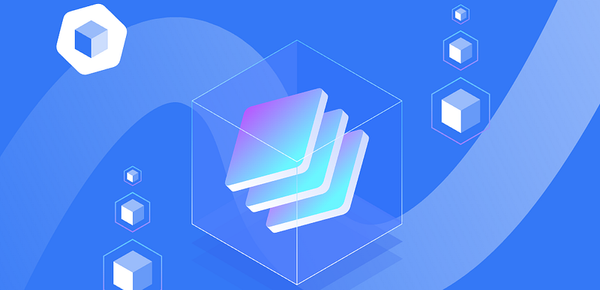
Ethereum rollups have emerged as a promising solution to the blockchain scalability conundrum.
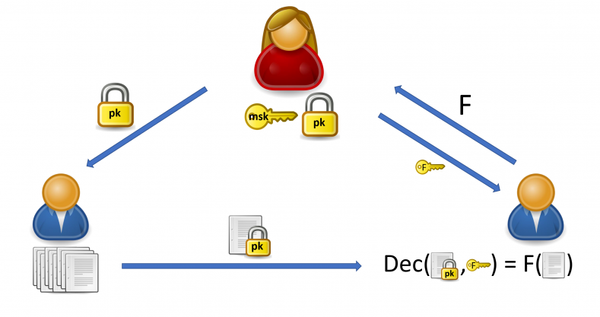
Secure Multiparty Computation (SMC) is a cryptography subfield that enables multiple parties to jointly compute a function over their…
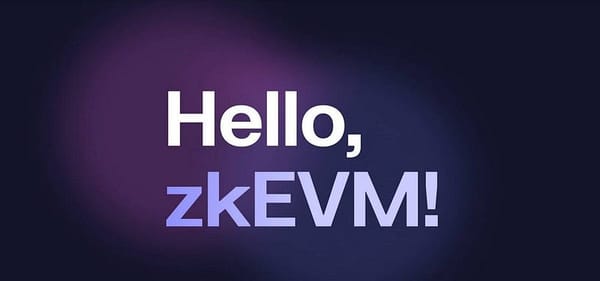
One critical challenge blockchain platforms face maintaining privacy and confidentiality in transactions. Researchers and developers have…
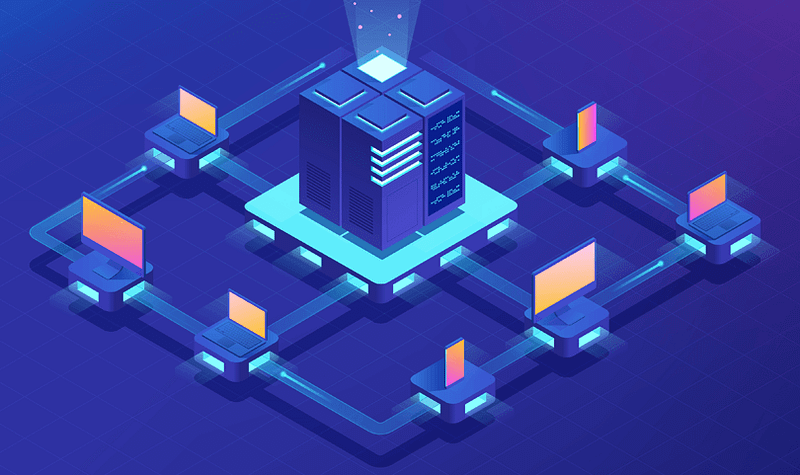
At the heart of Blockchain lies a set of rules and guidelines known as blockchain protocols.

Solidity, the high-level object-oriented programming language for implementing smart contracts on the Ethereum blockchain, has been pivotal…

As Ethereum continues to gain popularity for its versatility and ability to support decentralized applications (DApps) and smart contracts…
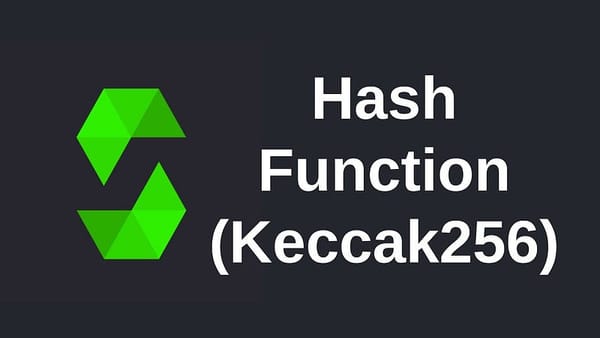
Keccak256 is a cryptographic hash function based on the sponge construction, a family of cryptographic algorithms.

Peer-to-peer (P2P) networks are decentralized systems where nodes, or peers, communicate and exchange data directly without relying on a…
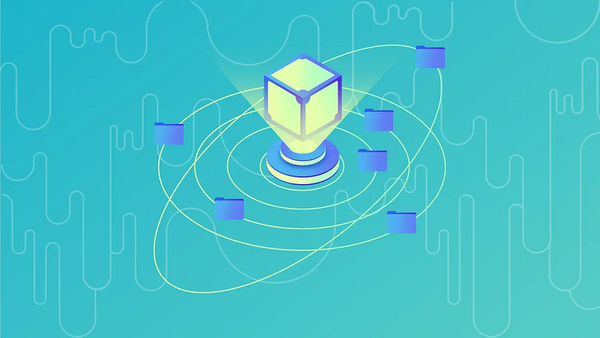
The InterPlanetary File System (IPFS) is a peer-to-peer (P2P) network protocol designed to decentralize the web and enhance efficiency. In…
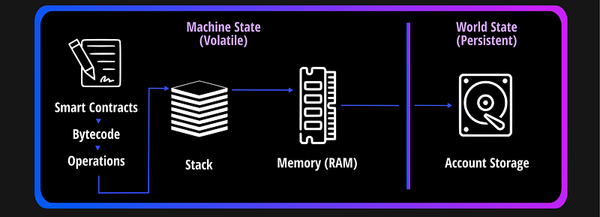
As smart contracts become more complex, developers often need to optimize their code for efficiency, performance, and size. Solidity…